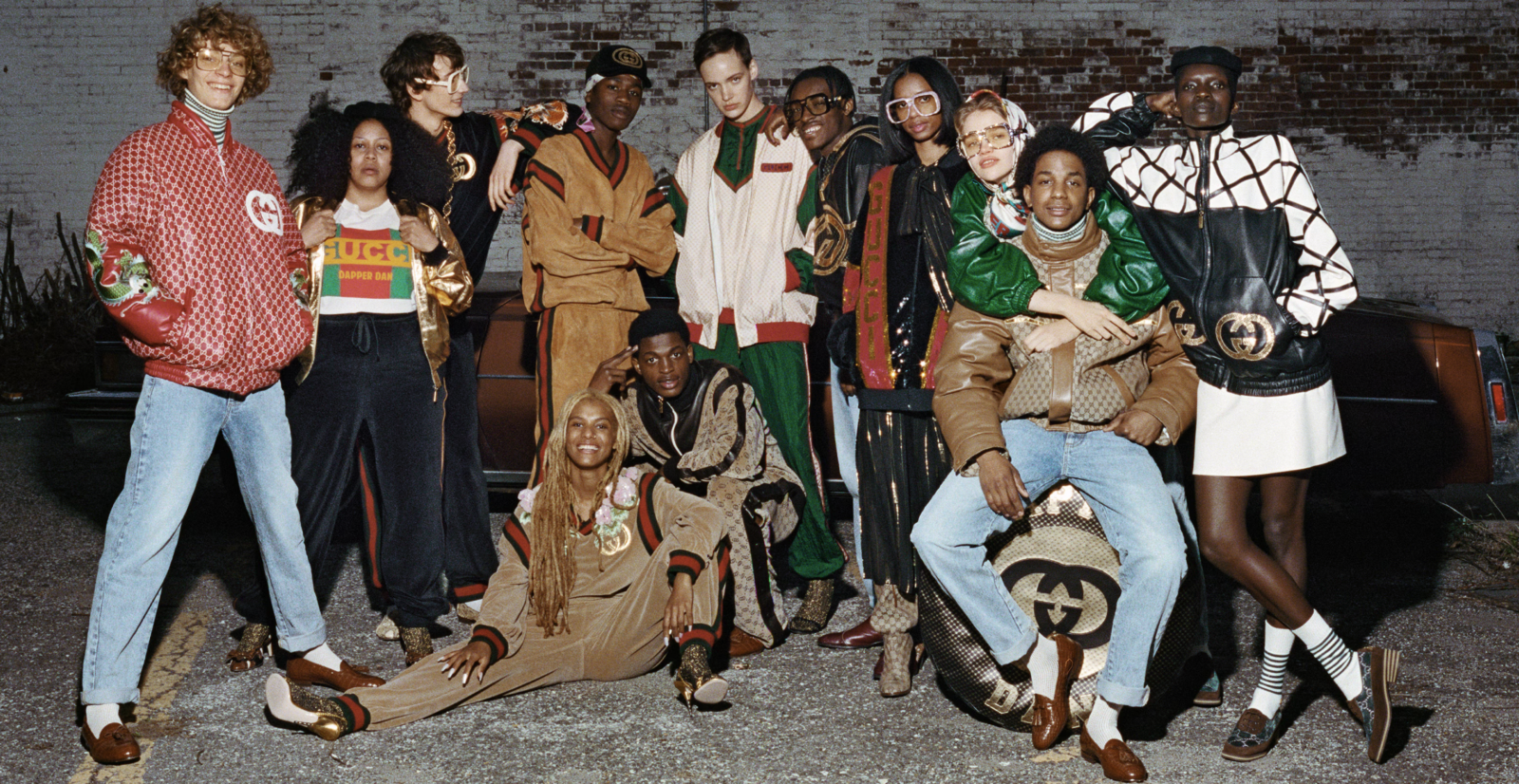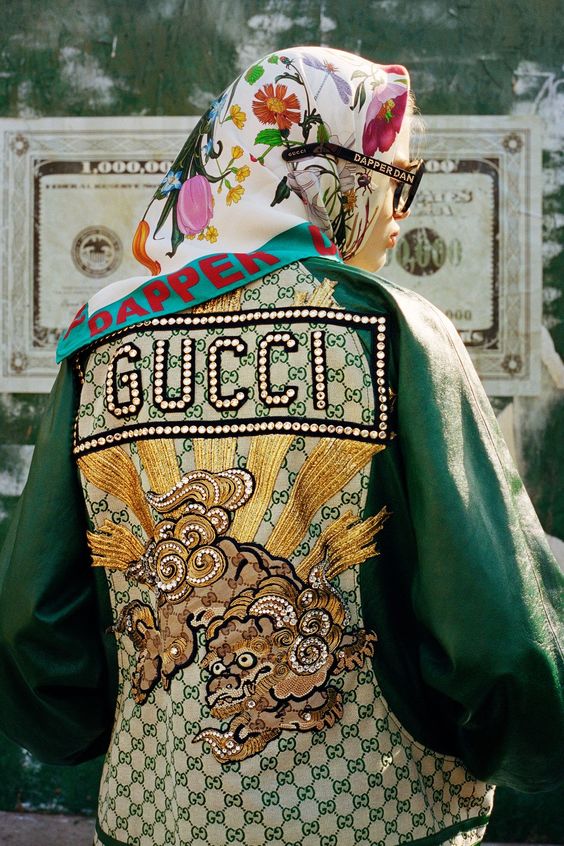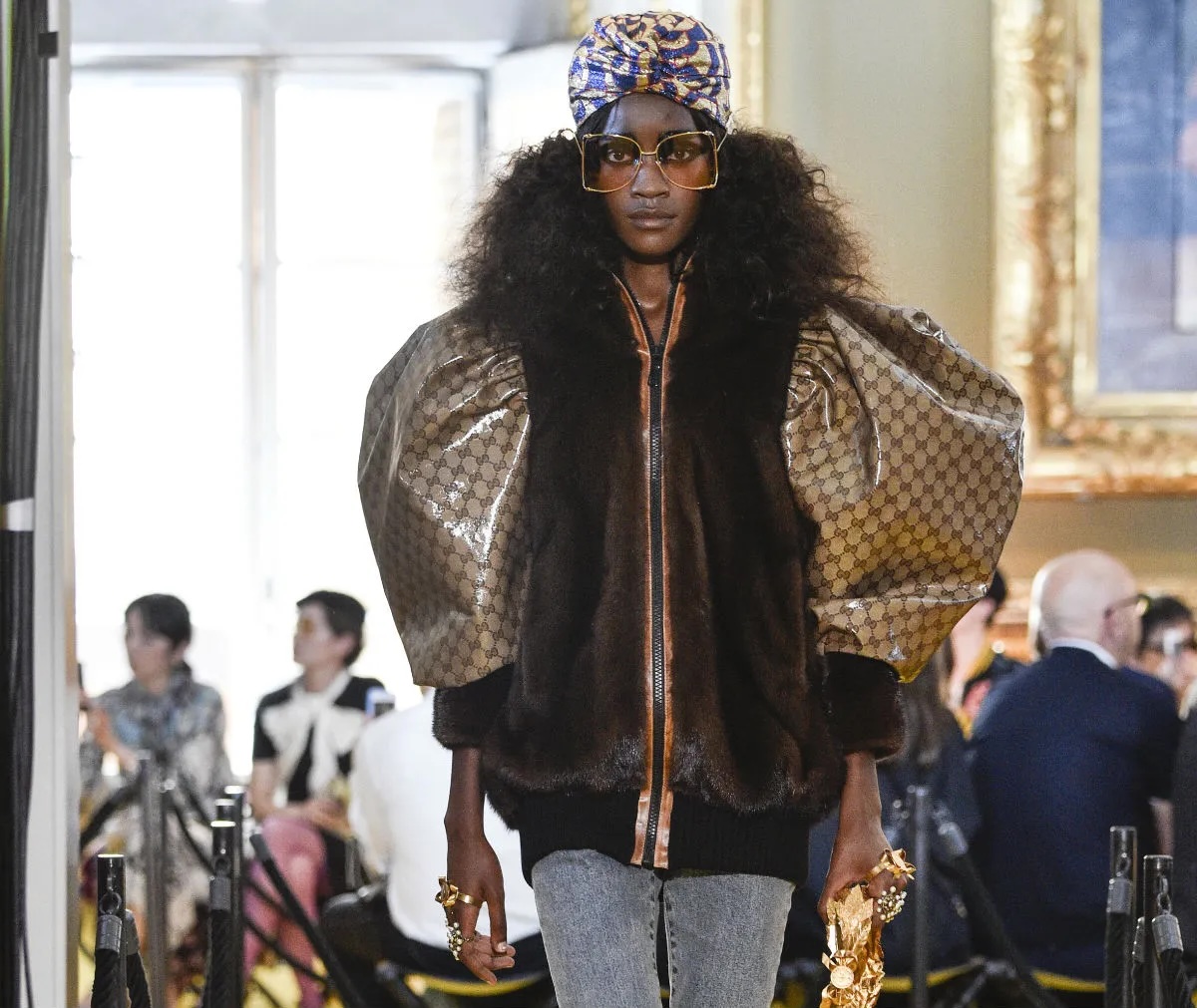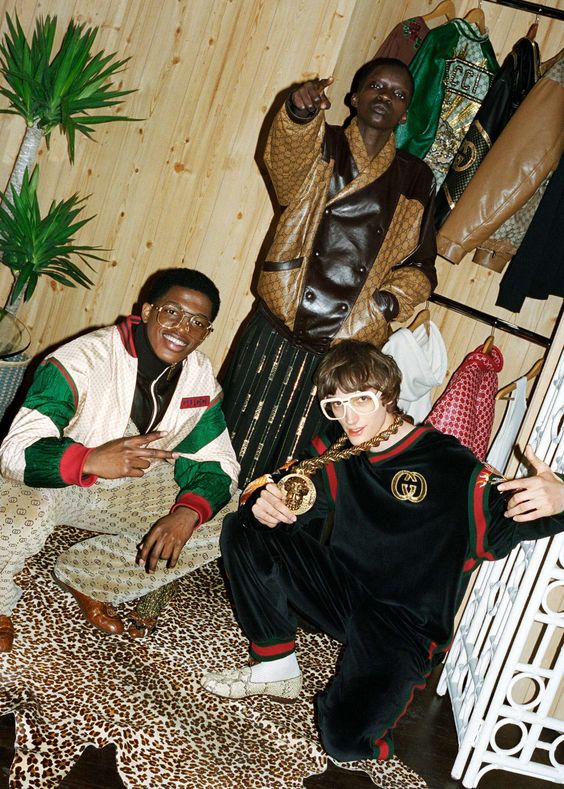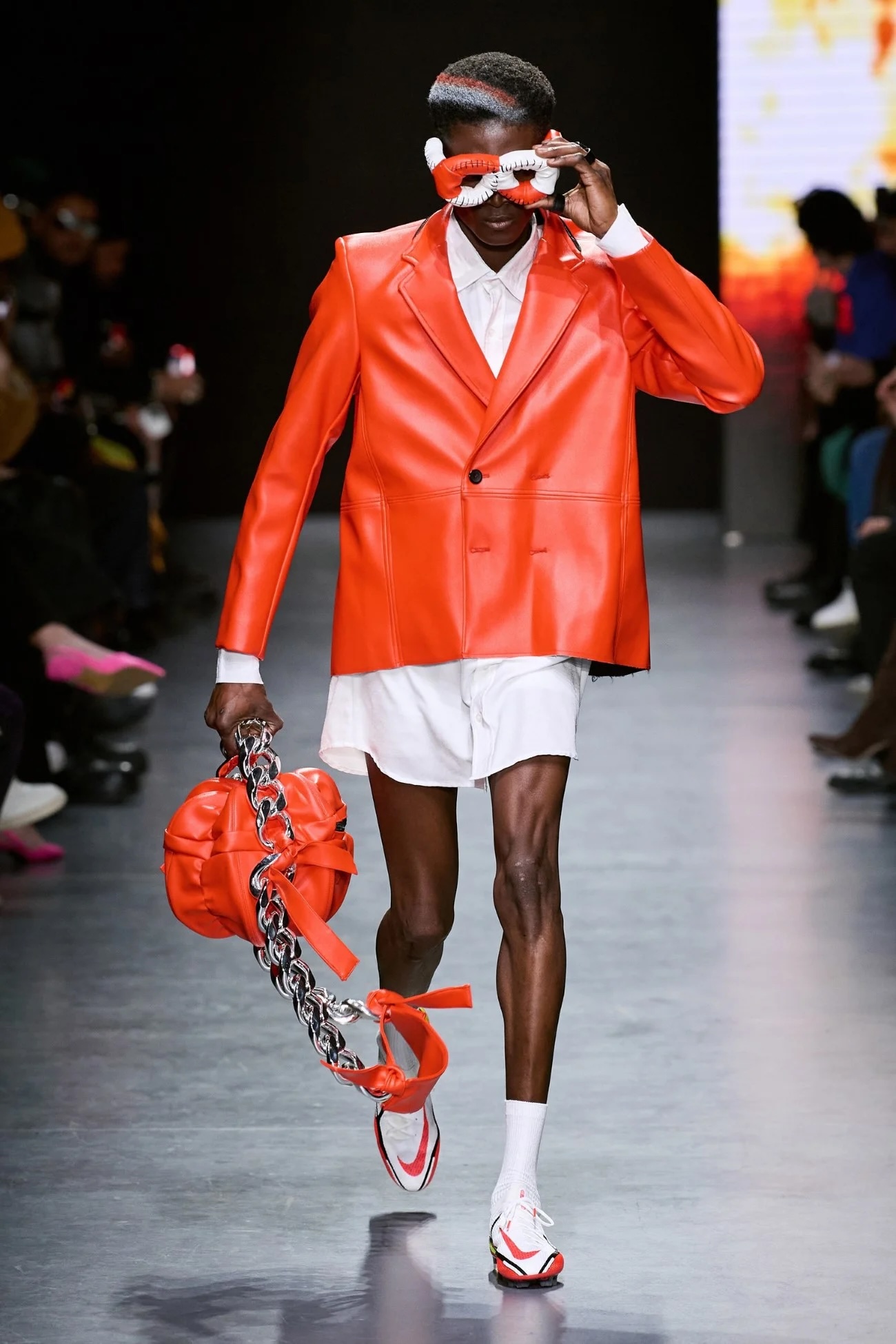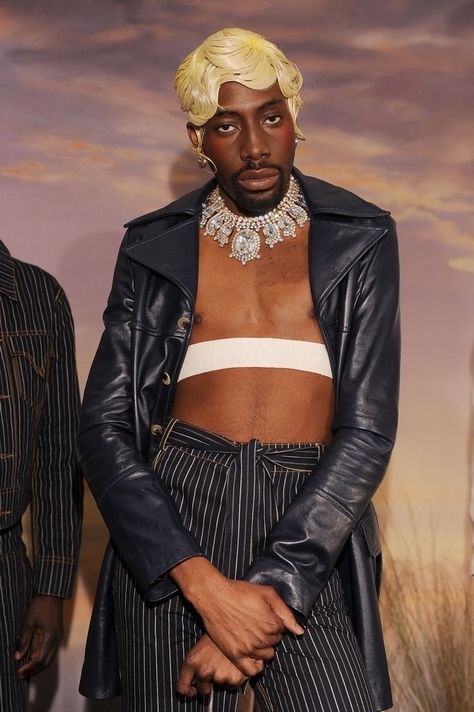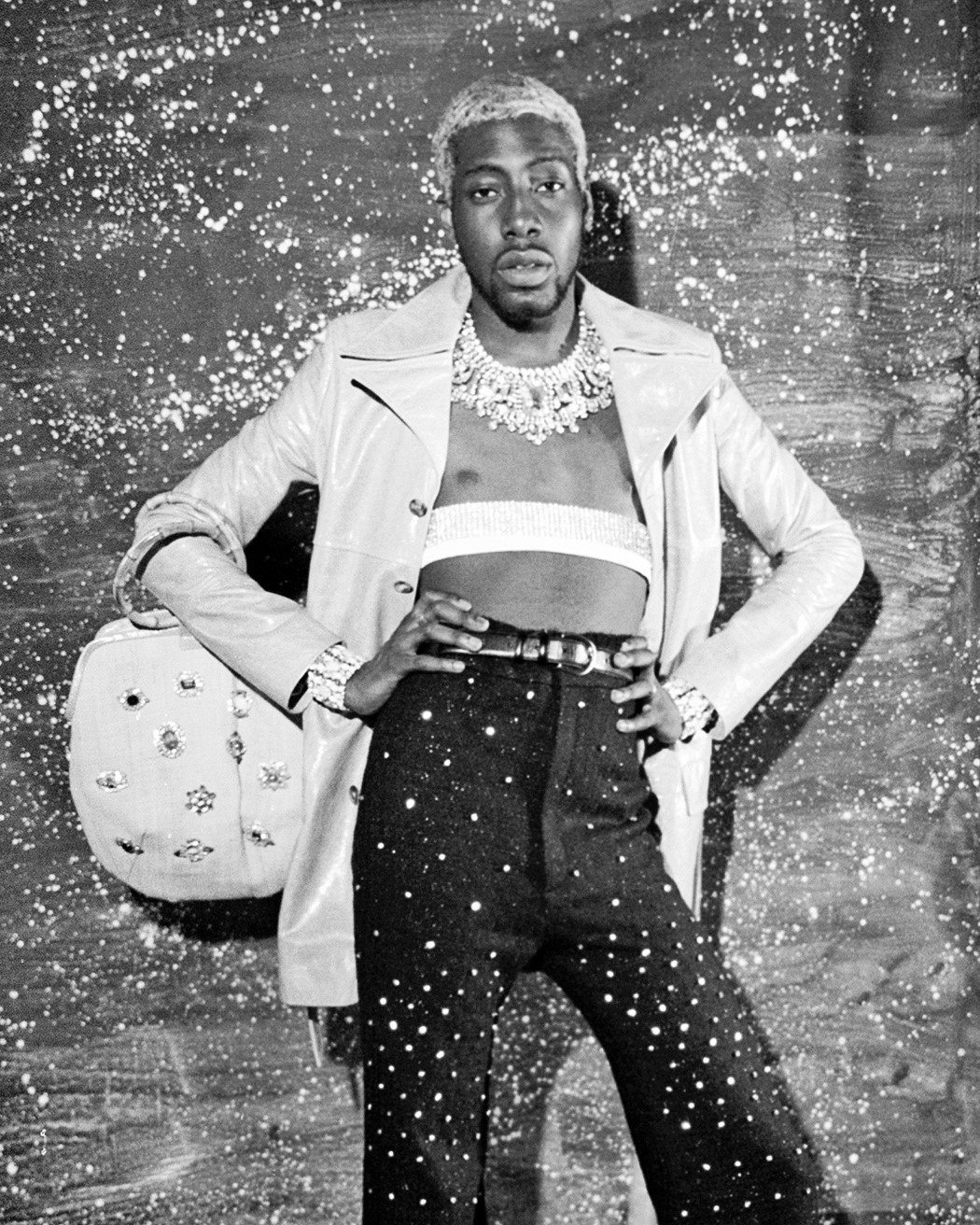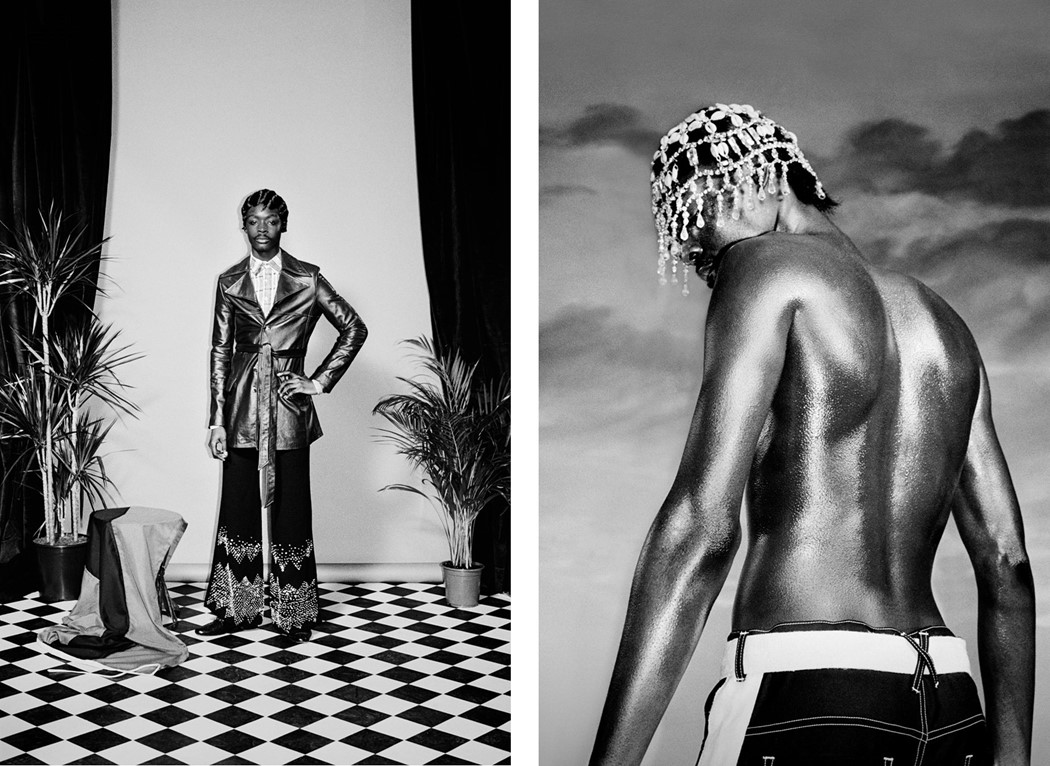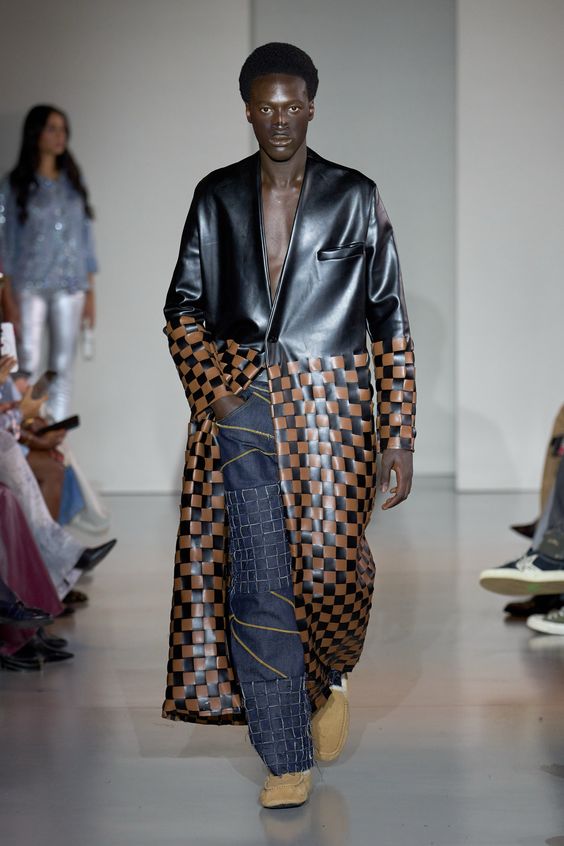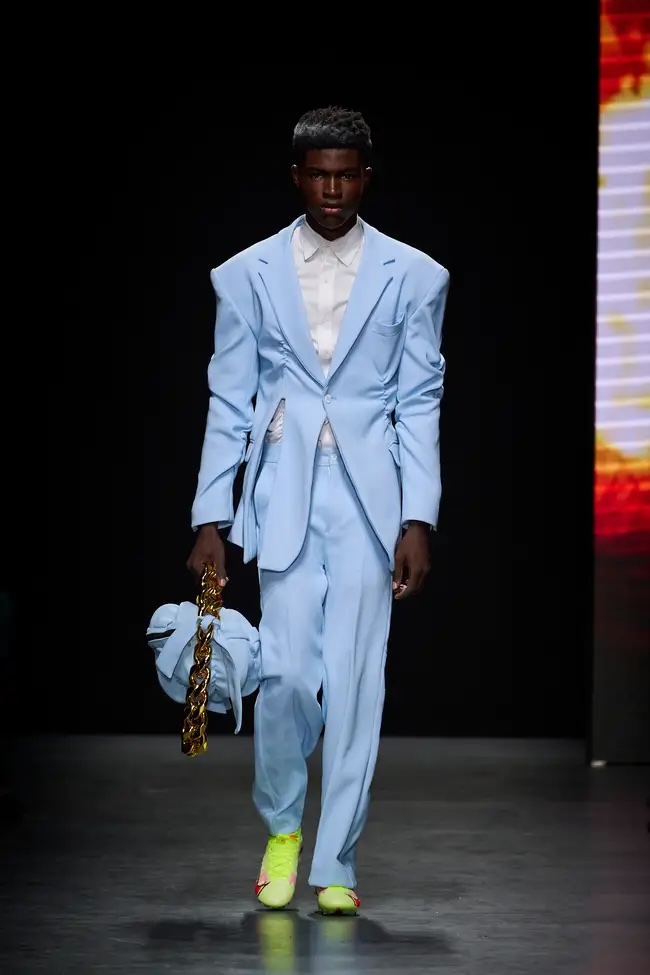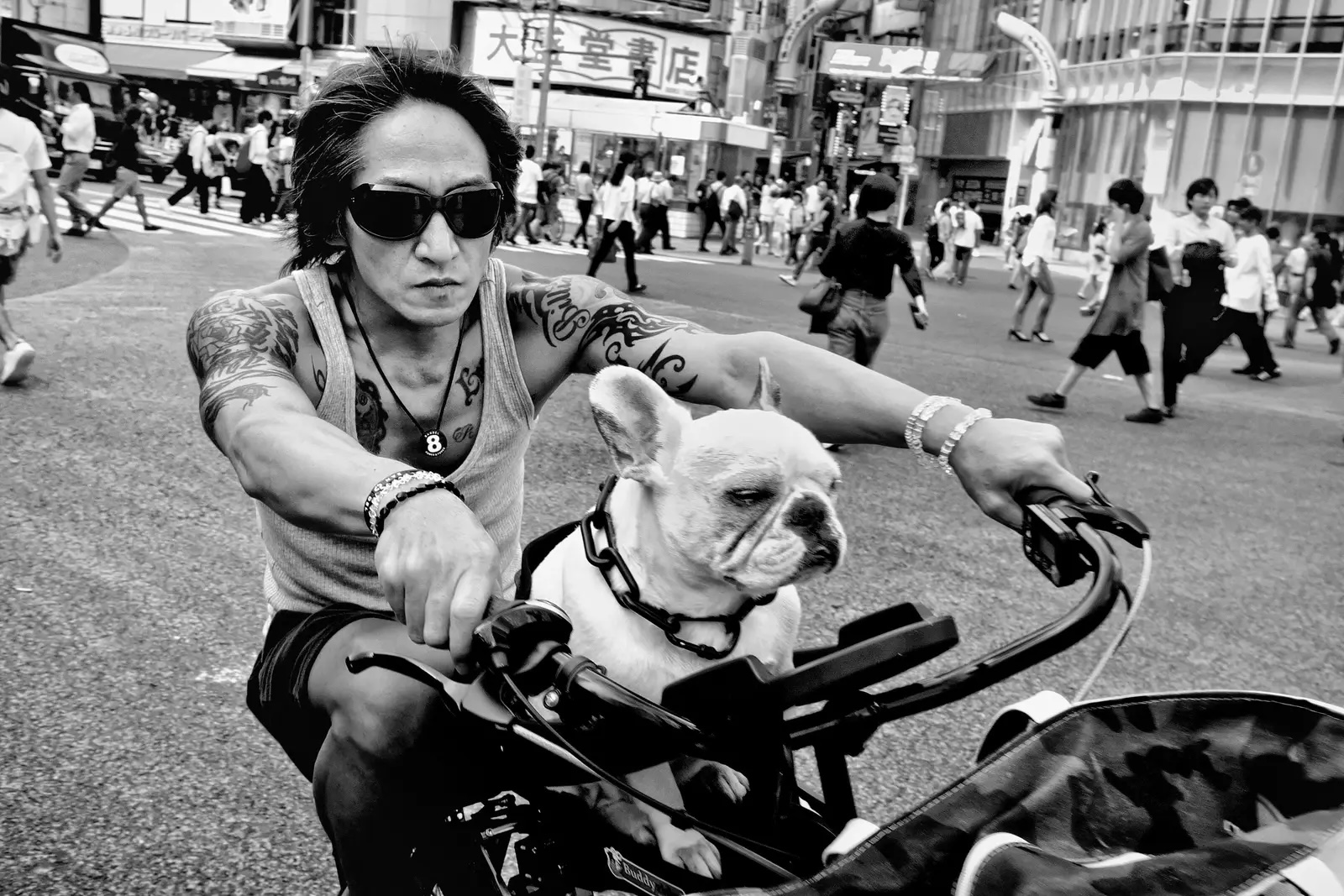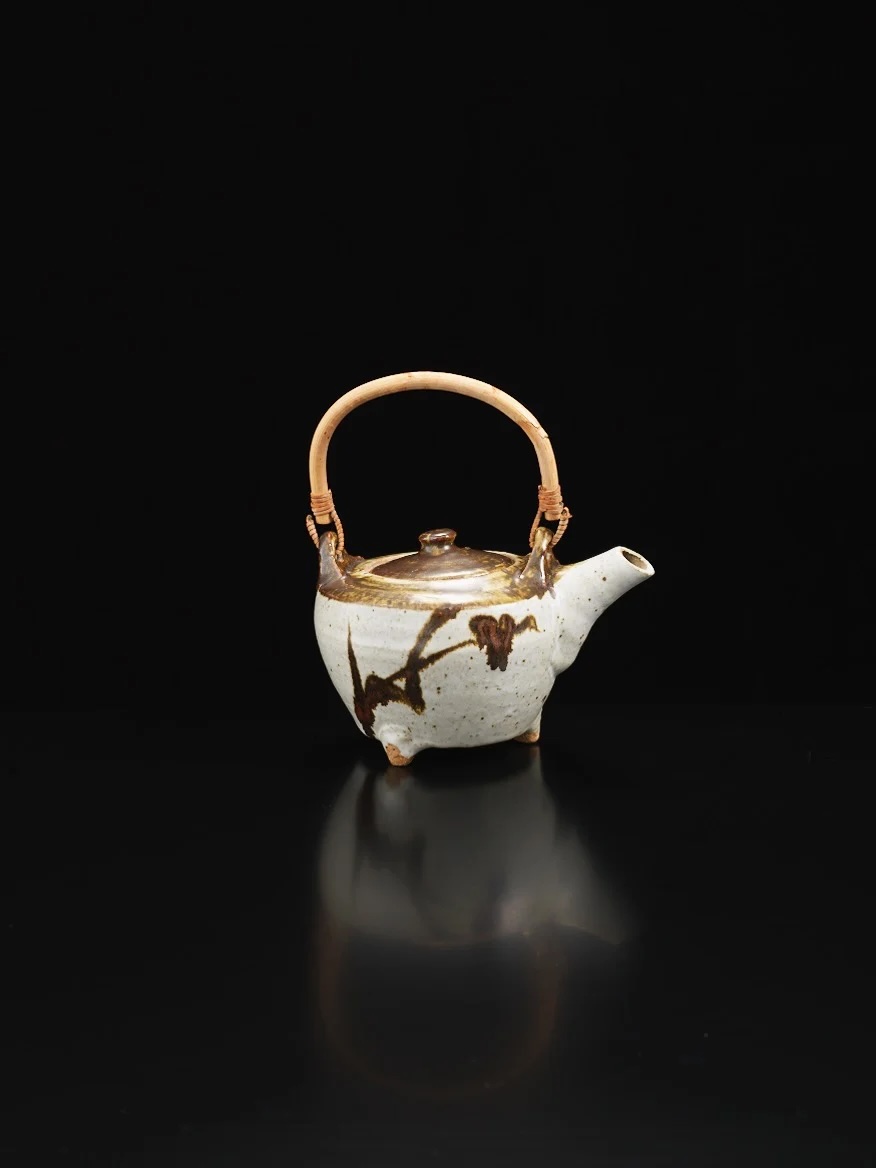Dapper Dan : Dressing The Community When Fashion Wouldn’t
“Superfine: Tailoring Black Style“
– The 2025 Met Gala Theme is OUT!
Part 3: Dapper Dan, Dressing The Community
When Fashion Wouldn’t

In 2017, Alessandro Michele at Gucci faced a backlash
when the blatant copy-paste from a Dapper Dan piece in his runway collection didn’t go unnoticed.
A year later, in a bold twist, the Gucci x Dapper Dan collaboration caused a frenzy, putting one of fashion’s pioneers back in the spotlight.
The question on everyone’s mind:
Who is Dapper Dan?
Back to the 80s.
A boutique on 125th Street in Harlem, New-York USA, changed the game.
Not just for locals, but for an entire cultural wave that, until then,
was left in the shadows of fashion – especially luxury fashion.
A name that snaps like the click of a sewing machine
– Dapper Dan.
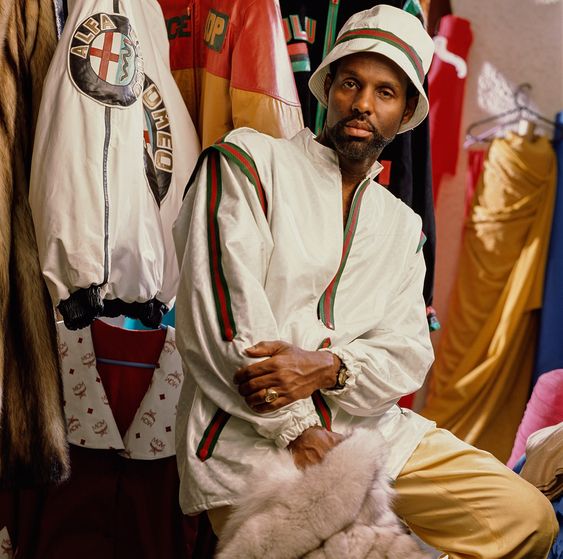
Take 1: “My work is about giving a voice to those who don’t have one in the fashion world, using design as a tool for resistance and affirmation.”
With his creations, he made cool a tool of emancipation,
flipping the logos of houses that the Black community
could never have claimed otherwise.
The idea is simple, radical:
Making aesthetics a ground for cultural reclamation.
When Dapper Dan took Gucci or Louis Vuitton logos and splashed
them across leather jackets or bold suits, he wasn’t just selling clothes;
he was selling a revolution in velvet.
Each garment became a silent message of resistance,
a middle finger to luxury’s gatekeepers who declared
that some people weren’t invited to the party.
Sampling: When Urban Culture Redefined Luxury
As hip-hop gave a voice to New York’s overlooked neighborhoods,
Dapper Dan gave them style and swagger, creating looks that transcended walls and borders,
with each repurposed logo beating to the pulse of the streets.
Dapper Dan’s approach was the fashion equivalent of hip-hop sampling:
he took what belonged to the elite and turned it into a street product,
charged with new meaning.
In the fashion world, it was a shock:
Visual sampling didn’t play by the rules.
But for Dapper Dan, that was exactly where the power lay.
Take 2: “I’ve studied symbols for a long time, and I knew one day I could bring African symbolism into global fashion. What would that do? It would let people appreciate our culture on a higher level.”
It’s goes more than a matter of style.
His clothing became political statements,
saying to every customer, every onlooker,
that the Black community belongs in this space too
– that they are luxury.
Take 3: “By dressing my community with symbols of prestige, I’m letting them see themselves in a new light, feel valued and recognized.”
When hip-hop icons, athletes, and street legends wore his designs,
they broke down the codes of a world that had long shut them out.
His design became a tool of emancipation,
a way to say, with elegance and audacity,
“We’re here, and we set the rules.”
Take 4: “Fashion can be a powerful tool to challenge stereotypes and redefine society’s norms.”
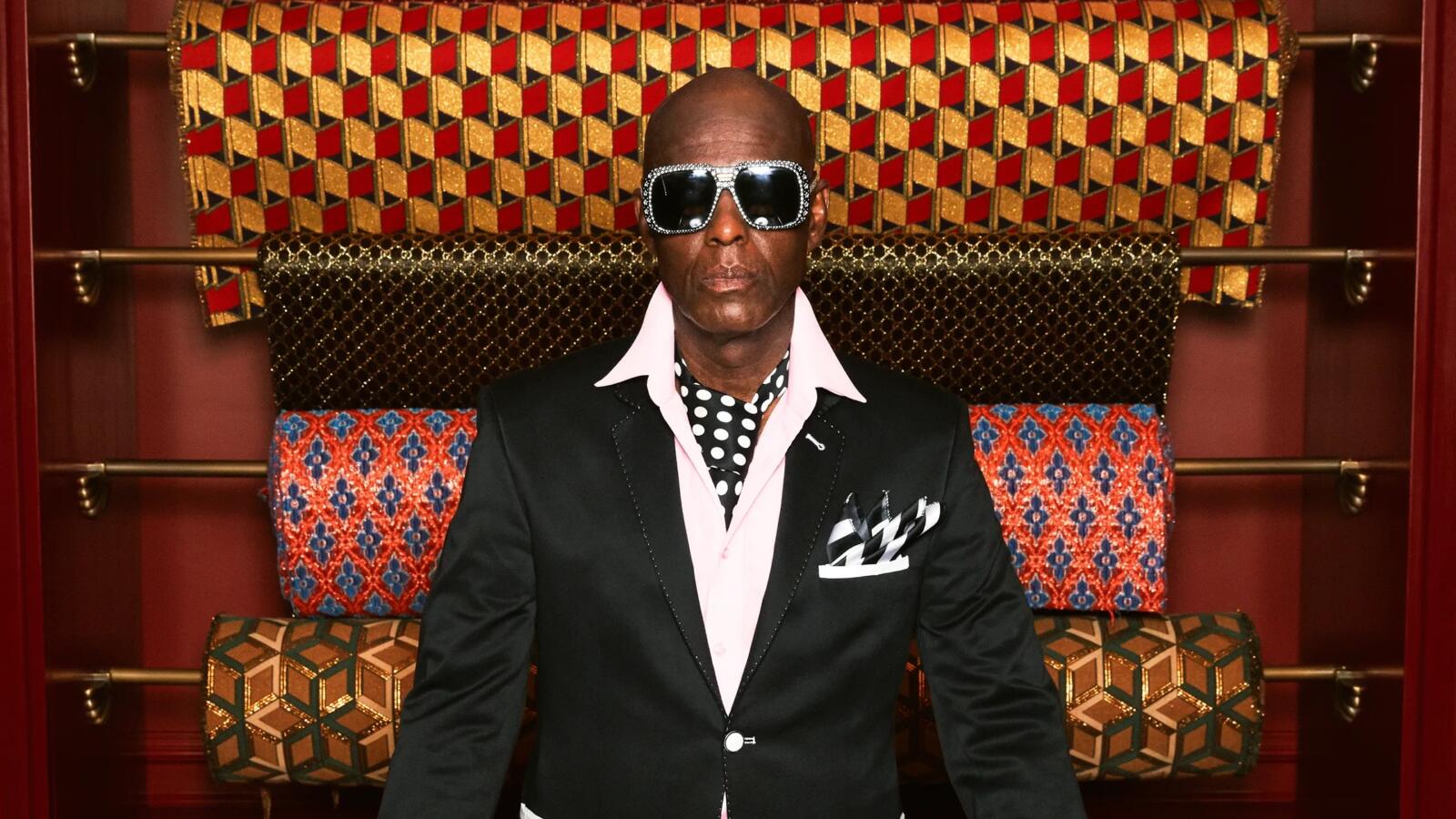
The Heirs of Dapper Dan: Grace Wales Bonner, Tokyo James, and Beyond!
Dapper Dan’s legacy didn’t stop at Harlem;
he inspired a generation of designers who explore
Black identity and reinvent the symbols of prestige in their own way.
Today, designers like Grace Wales Bonner and Tokyo James
carry on this vision, merging Afro-diasporic references with Western luxury – but with their own twist.
Wales Bonner, through her poetic collections, explores Black masculinity,
blending British tailoring with Caribbean influences to create an aesthetic that challenges European norms.
Tokyo James draws on Nigerian references and redefines
the tailoring codes with street-driven boldness.
These contemporary heirs extend Dapper Dan’s influence,
using fashion as a political and cultural language, reclaiming and
reinventing the codes of luxury so they resonate
with a new generation.
